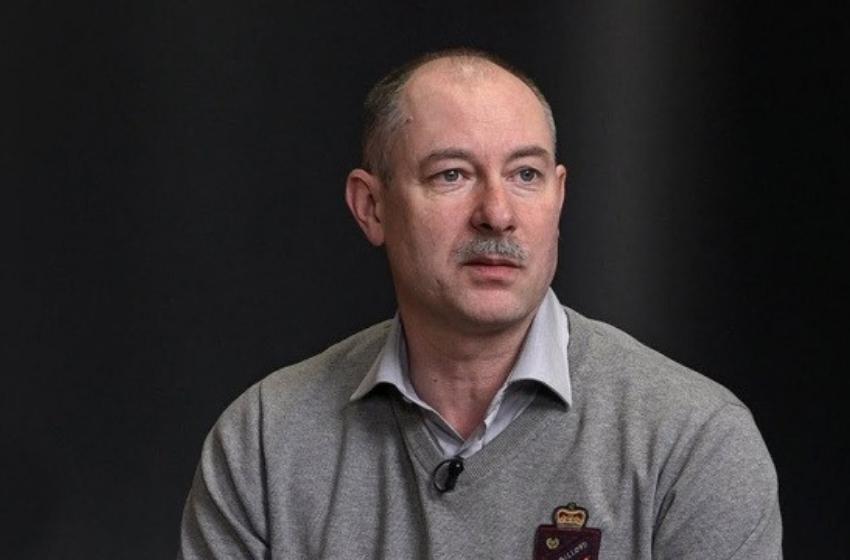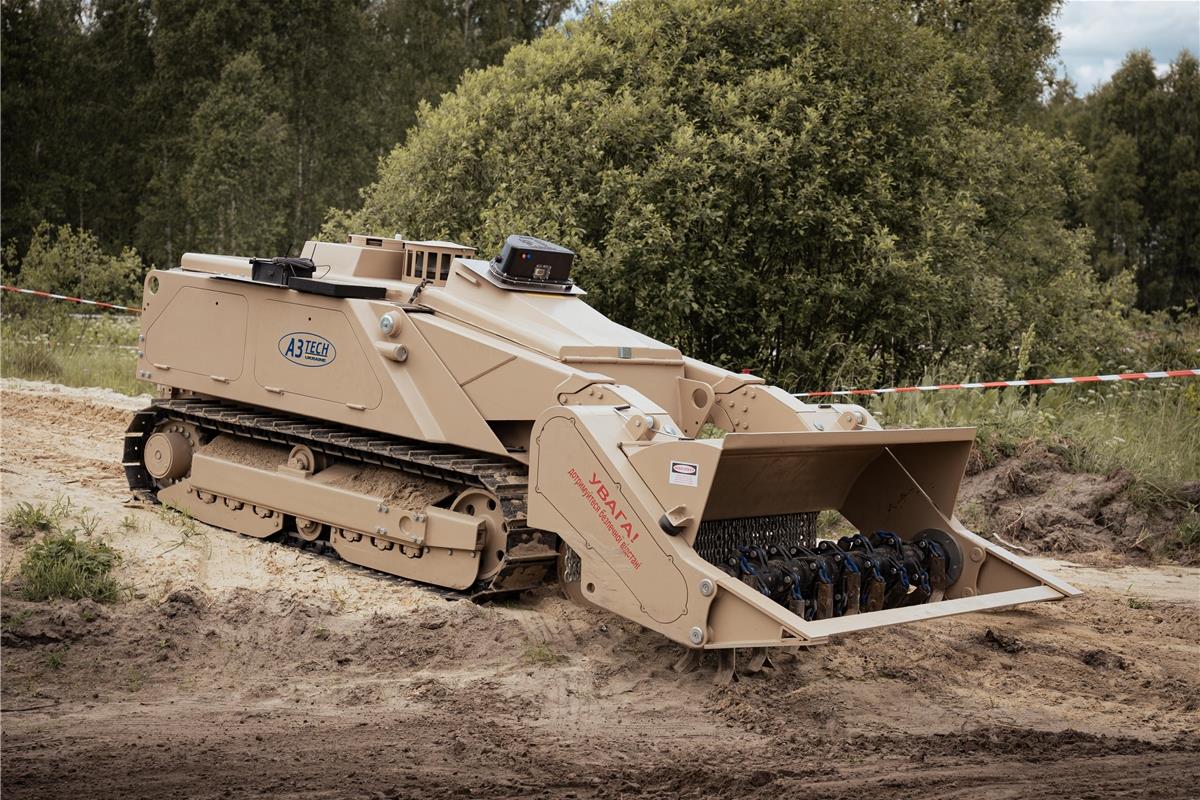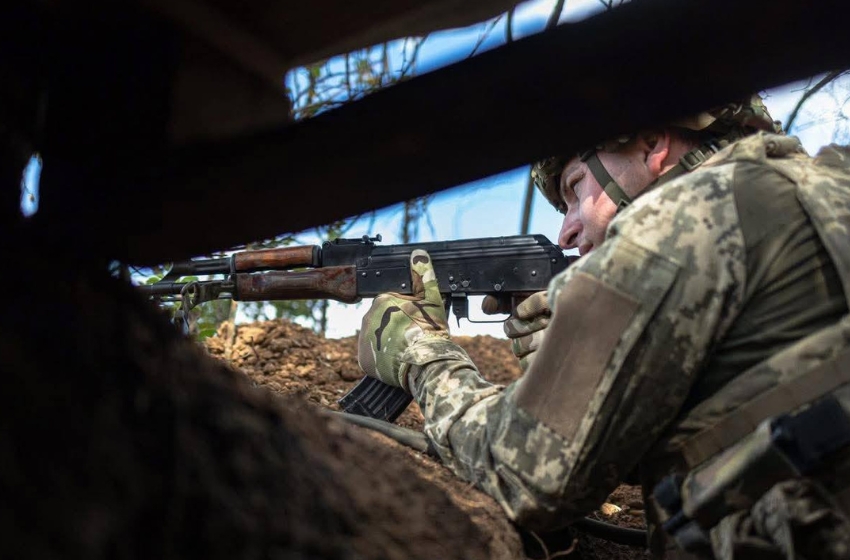The enemy has increased the intensity of the use of strike UAVs of the Shahed type, as was actually predicted in recent months. Today, in a live broadcast of the Unified News telethon, the spokesperson for the Air Force of the Armed Forces of Ukraine, Colonel Yuriy Ignat, spoke about this. He also answered the telethon hosts' questions about how the defense of Ukraine's energy system this time would differ from the previous heating season.
"It will differ in that we now have more Western systems, gradually replacing the old Soviet air defense systems," the officer said. "These systems will strengthen the same directions as last year — it is clear that the emphasis will be on energy facilities in the heating season, the fuel and energy sector as a whole, as well as the strategic objects of the state and critical infrastructure objects. Critical infrastructure can vary, and there is a whole list of objects that the potential enemy may want to target. Similarly, the food sector should probably be considered part of critical infrastructure because you can see how much they are targeting it today — both in port infrastructure and in grain storage facilities."
Therefore, as summarized by the Chief of Public Affairs of the Air Force Command, everyone in the country should be prepared today. Our energy sector has already done significant work in preparing for possible aggression in their direction. And undoubtedly, the air defense will do everything within its power, effectively intercepting airborne targets and protecting Ukraine's airspace.
"This autumn and winter are and will be record-breaking in terms of the number of strike UAVs of the Shahed type used — over 500 in September," Colonel Yuriy Ignat states. "I want to remind you that during the 6-month heating season last year, 2022-23, over 1000 Shahed-type UAVs were used against Ukraine. And now we already have half a thousand in just one month. So, it is clear that we need to prepare seriously against this weapon as well."
Currently, the enemy's targets are diverse, says Colonel Yuriy Ignat. This includes port infrastructure, the agricultural sector, and more.
"Of course, they will attempt to destroy military facilities, depots, and target airfields — speaking specifically about the Air Force," says Yuriy Ignat. "Shahed is a weapon that can fly far and accurately, unfortunately, so they will deploy them further from the front line because they have other means of aerial attack, such as 'Lancet,' which are used more extensively at the front lines. They also employ guided air bombs at a depth of 20-30 kilometers from the line of engagement. That's why 'shaheds' will be attacking various targets in accordance with the enemy's strategic plan."
The officer also emphasized that there are all signs that the production of 'shaheds' in Moscow is growing and will continue to increase. However, sanctions are having an effect. So, while the Russians may be able to manufacture strike drones, they are making significant progress in that regard, but they continue to source components from Iran. Intelligence data shows, according to Yuriy Ignat, which countries are sending specific parts to Iran and through which routes. All of this is being tracked, and necessary measures are being taken to counter it.





















